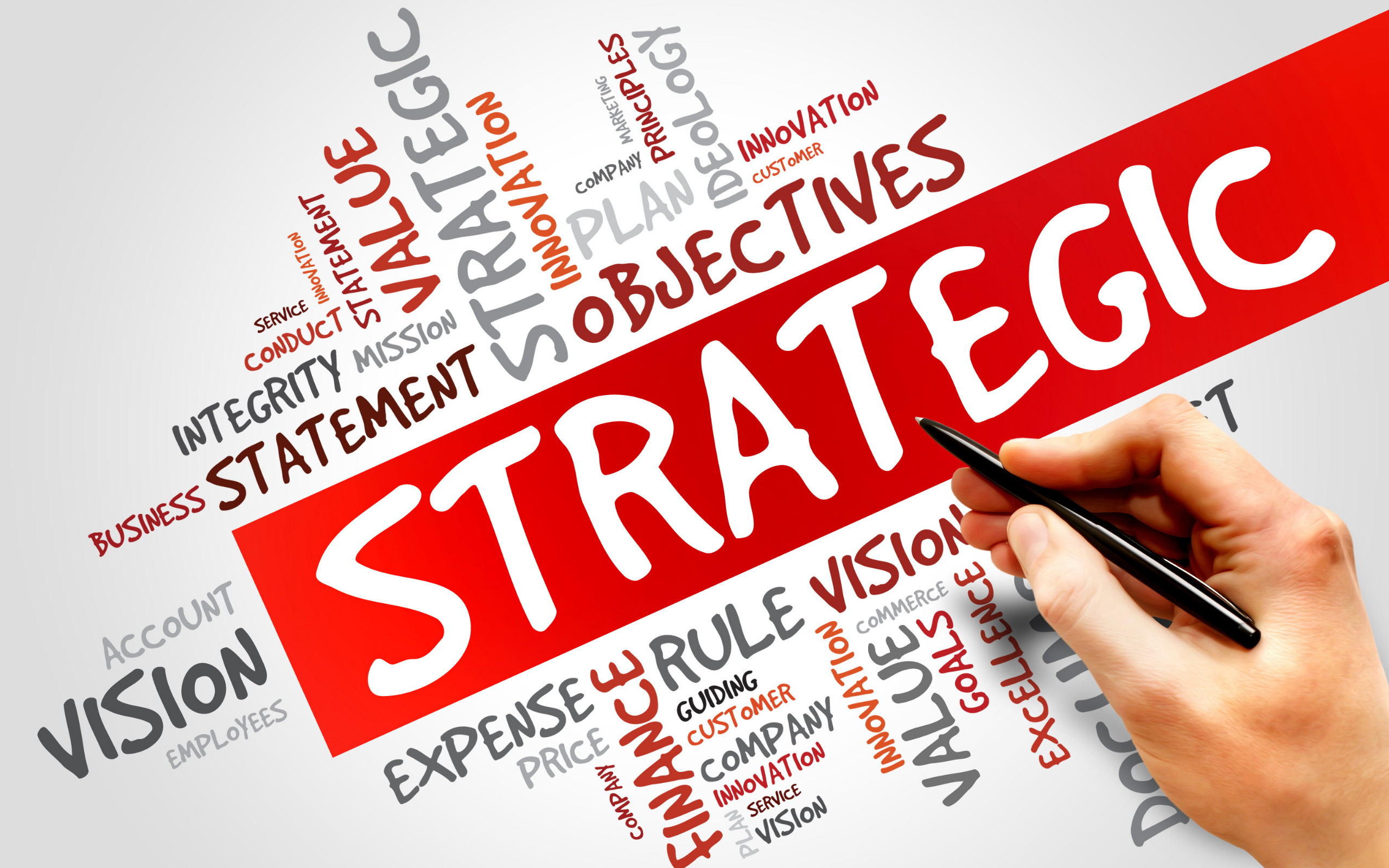Strategic Plan – When and how do you develop one?
First, a reminder of how a Strategic Plan differs from the Business Plan:
| Business Plan | Strategic Plan |
|---|---|
| Answers the question of “what business are you in” | Answers the question of “How will you get there?” |
| Is generally for a new business | Is generally for an existing business |
| It is required to obtain investment/financing | Is often not required by 3rd parties |
| Provides structure to define your venture and its viability | Provides structure to prioritize your proactive efforts required to take a business to another level |
| Results in a document that outlines the business model, financial projections, organizational structure, target market and marketing plan | Results in a specific, time-bound plan of action |
A strategy is, by definition, a plan of action designed to achieve a major goal or goals. This means that good Strategic Planning results in a specific, time-bound plan for what you (and your organization) will do proactively in the next 3/6/9/12 months (and beyond) to deliver on your mission and vision, achieve important goals, etc.
What it’s not is your to-do list of the day-day actions that bombard you as you run your business. In fact, a Strategic Plan should only include those proactive tactics that, without a plan, you would never get to!
A Strategic Plan is not a static document – it should be constantly evolving. The plan should be a guiding light to help with direction, decision-making, prioritization, and provide you with a structured approach on how you intend to move forward.
When should you develop one?
In a constantly changing business environment, re-assessing your objectives, your strategies and your tactics is essential as the situation changes. Although a Strategic Plan is important to have at all phases of your business, there are moments where a re-assessment of your strategy is a MUST, such as:
Abrupt Change – The market, economy or world just changed significantly (think Covid-19).
Disruption – A new technology or competitor threatens your business.
Stagnation – You have reached a plateau. What you have done has brought you this far, but you need to rethink your plan to take your business to another level.
Opportunity – You see a new direction or market potential that you want to consider taking advantage of.
How do I develop a Strategic Plan?
It is important to reiterate here that a Strategic Plan is for you, the business leader/entrepreneur and your leadership team. It is NOT for outside parties (although you can share it), but to guide your proactive efforts. This means that the goal of this is NOT a pretty document, but rather a concrete plan that you use to run your business. In this way, the most important part of the process is the brainstorming and honest reflection on your business and where you want to take it.
There are many tools, templates, and models out there to help structure the process of Strategic Planning. However, some of the keys to success in this process are:
- Get Away – Set aside uninterrupted time (preferably off-site away from day-day interruptions).
- Set aside enough time – truly constructive brainstorming means you need to set aside 3-4 hours at a time.
- Reflect honestly on what brought you to where you are, where you want to go.
- Leverage your strengths to develop proactive strategies and tactics you will need to undertake to bring your business to the next level.
- Involve a neutral 3rd party, not intimately involved in your business, to guide the process, challenge some of your assumptions and provide a fresh perspective.
If you know your business needs a Strategic Plan, and needs one now, remember that a good plan is the result of a simple process of thinking through how to hit a target and whether it’s realistic to try. You don’t need endless research or complex modelling, just start by giving yourself space and time to assess where you are and where you’re going.

Paul Laflamme
Partner


